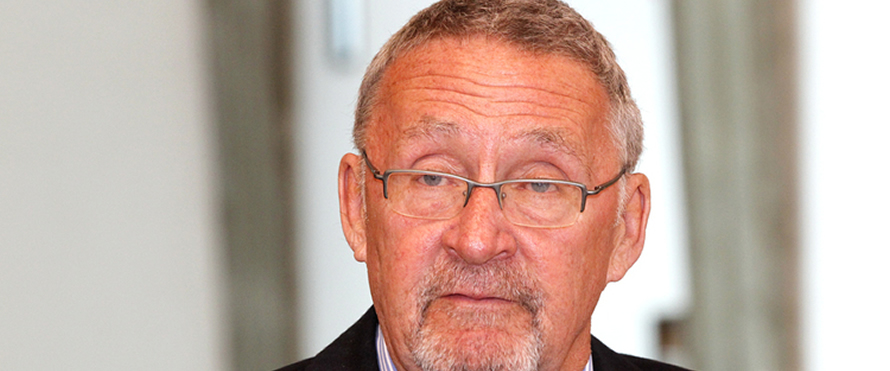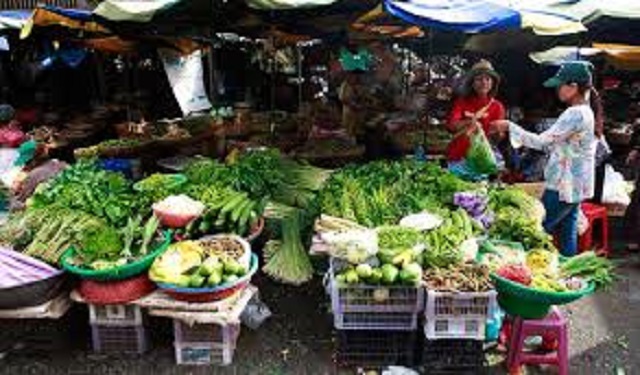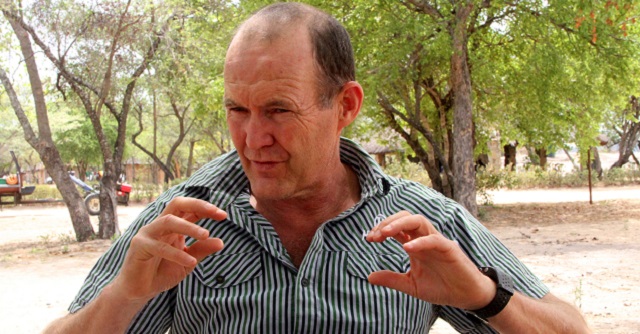
The Sunday News

Saul Gwakuba Ndlovu
ZAMBIA is currently going through a unique historic experience whereby a white man, Guy Scott, is an acting national president following the death of President Michael Sata in a London hospital on 28 October 2014.A substantive president will be elected not later than 90 days from the date Scott was sworn in as the acting head of State.
He is the first white person to be the most senior national political leader of an African nation since the continent got rid of colonial and white minority regimes in the early 1990s.
Sata was Zambia’s fifth president, having succeeded Zimbabwean-born Rupiah Banda who had stepped into the shoes of Levy Mwanawasa whose administration tried to reverse the economic decline of Africa’s second largest copper exporting nation after the neighbouring Democratic Republic of the Congo (DRC).
Mwanawasa had followed the rather small-bodied and short Frederick Chiluba, a former trade unionist whose parentage was traced to the DRC. Leading what is called the Movement for Multi-Party Democracy, Chiluba ousted Zambia’s founding father, Kenneth David Kaunda, popularly called KK, whose organisation, the United National Independence Party (Unip) had ruled Zambia for 27 years.
Mwanawasa was the first Zambian president to die in office. He also died abroad where, like Sata, he had gone for medical treatment.
Sata died four days after his country’s 50th independence anniversary, his death effectively replaced Zambia’s songs, shouts and drums of mirth and jubilation with mournful, funereal dirges and sombre elegies.
He was a no-nonsense leader whose biting tongue had earned him the sobriquet “King Cobra”. He was vocally opposed to corruption and had vigorously campaigned on an anti-corruption promise to lead his Patriotic Front (PF) to victory in 2011.
He worked closely with his second-in-command throughout, occasionally sending him to represent Zambia at heads-of-state conferences abroad.
It is an interesting twist of fate that today we have a non-white president in the United States, the world’s most powerful nation, and a white man acting as president in one of Africa’s most militantly anti-colonial countries, Zambia.
Many people who attended Unip rallies addressed by Kaunda before and after Zambia’s independence will fondly remember and almost hear his resonant voice as he led large crowds in his immortal revolutionary song: “Tiyende pamozi ndim’tima umozi” (Let’s go forward with one heart).
A subsequent line of that wonderful ditty said: “Tiwoloke Zambesi ndim’tima umozi,” (Let’s cross the Zambesi with one heart). The whole atmosphere was highly motivational, very much so to those who were still fighting for their freedom.
That country’s highest position is, as circumstances have dictated it, presently occupied by a white Zambian, Guy Scott, an application of non-racialism in practical terms.
Speculation is that Sata’s likely successor would be either the Defence Minister Edgar Lungu, or the finance minister, Alexander Chikwanda. My view is that Chikwanda is a very able leader, having held several Cabinet posts in a number of governments since Zambia’s attainment of nationhood.
I am not at all qualified to comment on Lungu’s capabilities. Sata, however, seemed to think highly of him since he would entrust him with some important State responsibilites on several occasions.
We must not, however, ignore the fact that Zambia has a number of intellectually dynamic young people some of whom are senior officials in the late Sata’s Patriotic Front (PF). The country’s young electorate may prefer a younger brain to succeed Sata and lead Zambia out of its socio-economic misery.
That country’s unemployment rate is a bewilderingly 60 percent. Its population is just about 14 million, the majority of whom live from hand-to-mouth in peri-urban high-density settlements.
Zambia, a country covering 752 610 square kilometres, has a very immense agricultural potential, especially its Southern and Central provinces where rich soils abound.
The only region with rather poor soils in relative terms is the Western province where there are Kgalahari sand areas.
However, it is rich in fish because it is located along the Zambezi River. The province’s former name is Borotselana.
The Southern Province was the granary of the now defunct Federation of Rhodesia and Nyasaland. The country’s College of Agriculture is located at Monze in the Southern Province because that is the area with the country’s greatest agricultural potential. Commercial farming, particularly cropping, is very rewarding in Zambia.
Ready markets are the Katanga, now Shava, mining province in the neighbouring DRC, Angola to the west, and Zimbabwe across the Zambesi River in the south where the commercial agricultural sector is performing poorly because of a combination of negative climatic, cultural, social, and political factors.
One of Zambia’s founding fathers, the late Simon Kapwepwe, suggested several times that the Zambian government should prioritise the agricultural sector and not mining because the former had an inexhaustible potential in that food requirements increase as the country’s population grows, whereas minerals would be finished sooner or later.
At the time he made this wise suggestion (1965-66) that country’s population was less than seven million. It is now 14 million-plus, and most of the people are under-fed. However, the land is still there, and so is lack of vision and motivation.
A government with a dynamic, practicable economic policy would enable every Zambian to realise a wish cherished by Kenneth Kaunda’s administration, which was to establish and maintain a national economy that would enable every Zambian to afford a glass of milk and an egg daily. A well guided agricultural sector can make that dream come true.
Saul Gwakuba Ndlovu is a retired Bulawayo-based journalist. He can be contacted on cell 0734328136 and through [email protected]



